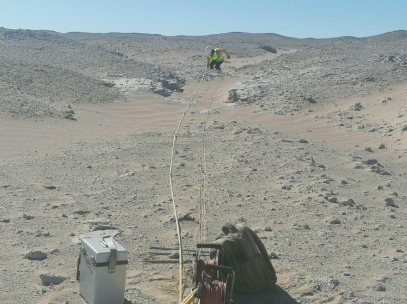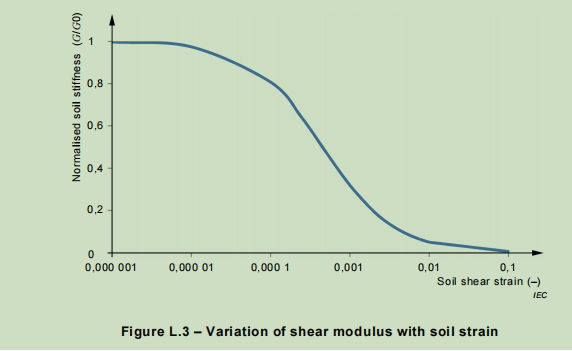Today we speak about geotechnics…yes!, geotechnics, that activity that sometimes sounds strange but is so essential for the development of a proper wind farm project.
More specifically, we will see in detail tomographic refraction tests and MASW analysis.
This information is key for wind turbine foundation design but also can be needed for several other activities, such us for instance estimation of excavation (earthworks cost is linked to the hardness of the materials) and seismic design.

The analysis of the elastic modulus had been typically done with laboratory tests until a few years ago, when geophysics techniques began to be widely implemented (sometimes with unclear goals and misunderstood results).
The main advantages of these on site tests are:
- Characterization of real terrain conditions taking into account the large magnitude of the structure it will support and its three-dimensional behaviour, rather than extracting small samples that could be not representative of the system as a whole
- The possibility to obtain the dynamic parameters of soil stiffness, which are often the dimensioning factor due to the need to achieve a certain rotational rigidity for the wind turbine
It is important to highlight that some soils don´t seem to be apt to withstand the ever-larger loads of today’s wind turbines if they are tested using “classical” methods (odometer, triaxial, etc…).
However, the same soils show a better performance when geophysical techniques are used to analyse them, mainly because they are less conservative, more realistic and more appropriate for dynamic loads and quite relevant foundation dimensions.
One more comment on dynamic parameters of soil stiffness: it´s worth noting that correlations that were widely used to estimate dynamic values from static values used to imply, depending on the type of terrain, wide uncertanties.
In some cases the values were unfavourable and did not allow to optimize the dimensions of the foundation. In others cases, unrealistic values reduced the level of safety in designs.
For all these reasons geophysical survey is strongly embedded in the way wind turbine foundations are currently designed, so the IEC 61400-6:2020 has made changes in its latest edition (see Annex L) to improve and adjust the calculation methodology.

As a summary, take into account that optimization and accuracy within geotechnical calculation can lead into an optimization of the foundation, so be aware of the importance of geophysical survey for a wind farm and opt for a more comprehensive geotechnical study, appropriate to each case, modern and based on international regulatory updates.
Leave a Reply